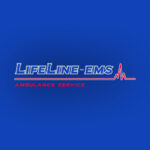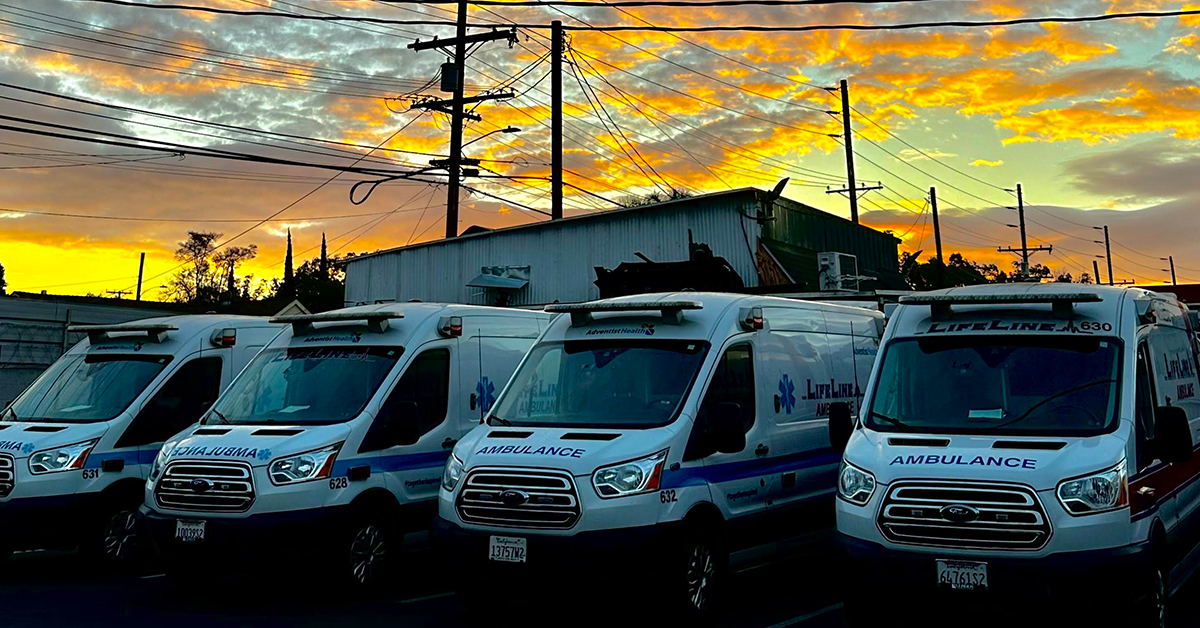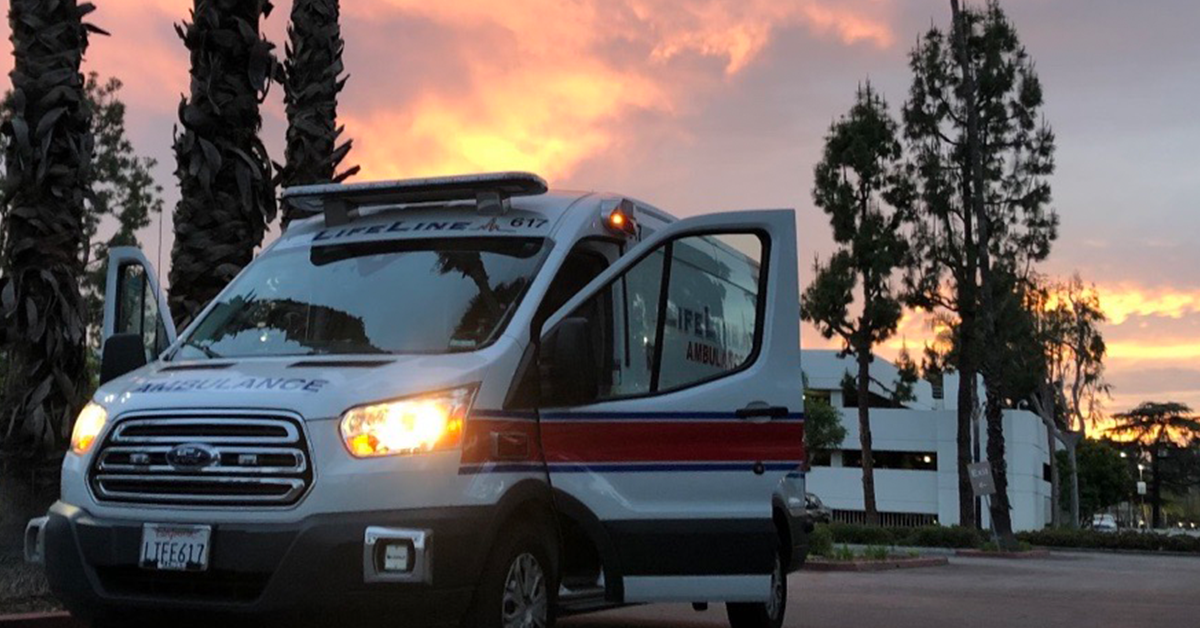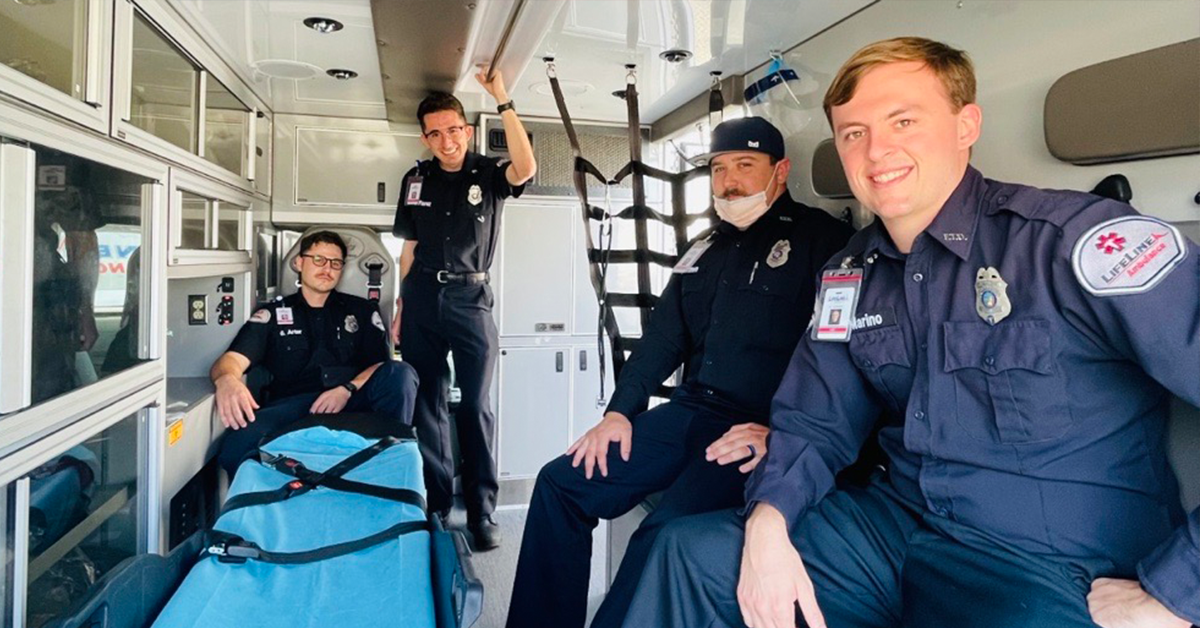Traffic accidents are a common occurrence in busy areas like Los Angeles and Southern California. When a serious accident happens, a quick and effective response is crucial to ensure the safety and well-being of those involved. Emergency Medical Services (EMS) play a vital role in managing these situations, providing immediate medical care, stabilizing patients, and coordinating transport to medical facilities. But what exactly happens after a 911 call is made following a traffic accident? This article delves into the role of EMS in traffic accidents, from the initial response to patient transport, and explains the critical steps that follow a 911 call.
The Importance of EMS in Traffic Accidents
Traffic accidents can range from minor fender benders to multi-vehicle collisions involving life-threatening injuries. In such emergencies, EMS professionals are often the first to arrive at the scene, assessing the situation, providing medical care, and coordinating with other emergency responders. Their ability to act swiftly and efficiently is essential in minimizing the severity of injuries and improving patient outcomes.
Key Roles of EMS in Traffic Accidents:
- Initial Assessment and Triage: EMS teams assess the severity of injuries and prioritize care based on the condition of the patients.
- On-Site Medical Care: Paramedics and EMTs provide critical medical interventions to stabilize patients before transport.
- Patient Transport: EMS teams determine the most appropriate medical facility for each patient and ensure safe transport.
- Coordination with Other Responders: EMS professionals work closely with law enforcement and firefighters to ensure a coordinated response.
What Happens After a 911 Call?
When a traffic accident occurs, a 911 call is typically made to report the incident. This initiates a coordinated response from emergency services, including EMS. Here’s a breakdown of the steps that follow a 911 call in the event of a traffic accident:
1. The 911 Call and Dispatch Process
The 911 dispatcher plays a critical role in initiating the emergency response. Upon receiving a call about a traffic accident, the dispatcher gathers essential information, such as the location, the number of vehicles involved, and whether there are any injuries. Based on this information, the dispatcher sends the appropriate emergency services to the scene.
- Information Gathering: Dispatchers ask key questions to assess the severity of the accident and determine how many EMS units are needed. They may also provide pre-arrival instructions, such as advising the caller on how to assist injured individuals or stay safe until help arrives.
- EMS Dispatch: Once the necessary information is obtained, the dispatcher sends EMS teams to the location. Advanced dispatch systems equipped with GPS ensure that the closest available ambulance is dispatched to reduce response times.
2. Arrival at the Scene and Initial Assessment
Upon arriving at the scene, EMS teams quickly assess the situation. Their first priority is to ensure the safety of everyone involved, including themselves, by assessing potential hazards such as leaking fuel, fires, or traffic hazards.
- Scene Safety: Before attending to injured patients, EMS teams ensure that the accident scene is secure. If necessary, they coordinate with law enforcement to manage traffic and prevent further accidents.
- Triage: EMS professionals perform a rapid assessment of all individuals involved in the accident. This triage process involves determining the severity of injuries and prioritizing patients based on their condition. Those with life-threatening injuries receive immediate care, while patients with less critical injuries are treated as resources allow.
3. Providing On-Site Medical Care
Once the triage process is complete, EMS responders begin providing on-site medical care to stabilize patients. The level of care provided depends on the severity of the injuries and the resources available at the scene.
- Basic Life Support (BLS): EMTs provide basic life support, including administering oxygen, controlling bleeding, and stabilizing fractures. In cases where patients are conscious and able to communicate, EMTs may also provide reassurance and monitor vital signs.
- Advanced Life Support (ALS): Paramedics are trained to provide more advanced medical care, such as intubation, intravenous fluid administration, and medication to treat conditions like shock or cardiac arrest. Paramedics may also perform advanced airway management or deliver defibrillation for patients in cardiac distress.
- Spinal Precautions: If there is any suspicion of spinal injuries, EMS teams take special precautions to immobilize the patient’s spine using cervical collars and backboards to prevent further injury.
4. Decision on Patient Transport
After stabilizing the patients at the scene, EMS teams must decide on the next steps, which usually involve transporting patients to a medical facility for further treatment. This decision is based on the severity of the injuries and the resources available at local hospitals.
- Patient Transport Priority: Patients with life-threatening injuries, such as severe trauma or head injuries, are transported as a priority. Those with less severe injuries may be treated on-site or transported later as resources become available.
- Hospital Selection: EMS professionals communicate with nearby hospitals to determine their capacity to receive trauma patients. Specialized facilities, such as trauma centers, may be required for critically injured patients, while others may be transported to the nearest emergency department.
- Mode of Transport: Depending on the severity of the injuries and the location of the accident, EMS teams may use ambulances or, in critical cases, request air transport via helicopter to expedite patient care.
5. Coordination with Other Emergency Responders
EMS responders work closely with other emergency services, including firefighters and law enforcement, to ensure a coordinated response to traffic accidents. This collaboration is crucial for managing large or complex accident scenes.
- Fire Department Coordination: Firefighters may be needed to extinguish vehicle fires, extract trapped individuals using tools like the Jaws of Life, or assist EMS teams with patient extrication and stabilization.
- Law Enforcement Coordination: Police officers control traffic flow, secure the scene, and investigate the cause of the accident. They work alongside EMS teams to ensure the safety of all responders and manage any logistical challenges at the scene.
6. Communication with Receiving Hospitals
Effective communication with hospitals is essential to ensure that patients receive appropriate care as soon as they arrive. EMS teams provide detailed reports to receiving hospitals, allowing them to prepare for incoming patients.
- Patient Condition Updates: EMS professionals relay critical information about each patient’s condition, including vital signs, injuries, and treatments administered at the scene.
- Pre-Arrival Notification: By notifying hospitals in advance, EMS teams ensure that medical staff are ready to receive and treat patients immediately upon arrival. In some cases, trauma teams or surgical teams are mobilized in anticipation of the patient’s needs.
Post-Incident Procedures
After transporting patients to the hospital, EMS teams complete post-incident procedures, which may include completing documentation, restocking medical supplies, and debriefing.
- Patient Care Reports: EMS teams document the care provided, including details of the patient’s condition, treatments administered, and any changes in the patient’s status during transport. This documentation is shared with the hospital and becomes part of the patient’s medical record.
- Debriefing and Reflection: After responding to a serious traffic accident, EMS teams may participate in debriefing sessions to discuss the incident, review their performance, and identify areas for improvement. This process helps responders learn from each experience and ensure continuous improvement in future responses.
The Role of LifeLine EMS in Traffic Accident Response
For those in Los Angeles and Southern California, LifeLine EMS plays a critical role in responding to traffic accidents, ensuring that patients receive timely, high-quality care. Here’s how LifeLine EMS excels in managing these emergencies:
1. Advanced Training for EMS Personnel
LifeLine EMS invests in ongoing training and education to ensure that its EMTs and Paramedics are well-prepared to handle traffic accidents of all severities. This training includes trauma care, advanced airway management, and extrication techniques.
2. Cutting-Edge Technology and Equipment
LifeLine EMS utilizes state-of-the-art equipment and technology to enhance patient care during traffic accidents. This includes advanced communication systems, life-saving medical devices, and GPS-enabled dispatch systems that ensure rapid response times.
3. Coordination with Local Hospitals and Emergency Services
LifeLine EMS has established strong relationships with local hospitals, trauma centers, and other emergency responders to ensure a seamless and coordinated response to traffic accidents. This collaboration ensures that patients are transported to the appropriate facilities as quickly as possible.
Keep Reading
Want more? Here are some other blog posts you might be interested in.
Emergency Medical Services professionals are often the first point of contact during critical health crises. While technical expertise is essential in emergency...
Emergency Medical Services play a critical role in ensuring the health and safety of communities. In Southern California, including Los Angeles, the...
A career in emergency medical services (EMS) is more than a job—it’s a calling. At LifeLine EMS, we recognize the dedication and...






